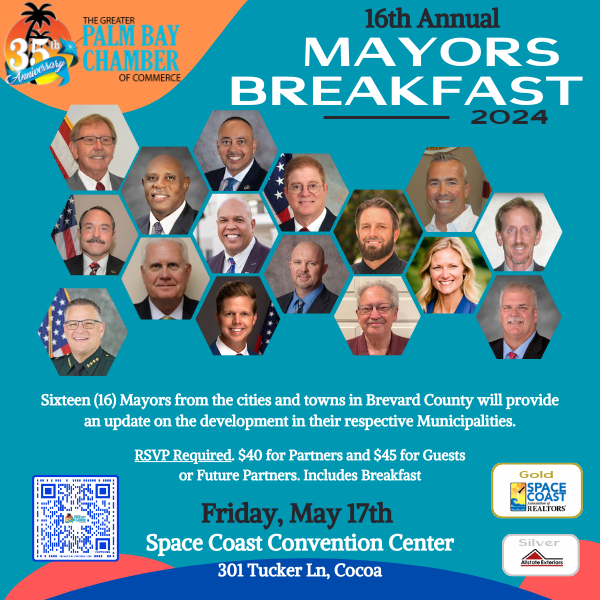#MomLife at an Astronomical Level

Meet Karen Nyberg: Retired Astronaut, Mom, Wife, Artist
Dr. Karen Nyberg knew from an early age that she wanted to be an astronaut. Her young imagination and dreams were inspired by NASA selecting the first women for the astronaut program in 1978 and then again with the launch of Shuttle Columbia in 1981. She developed a passion for space and was known as the “rocket scientist” in her early school years.
So when Nyberg launched into space — twice — and spent 166 days in orbit living on the International Space Station (ISS), well, it was just meant to be.
Perhaps so, too, was meeting her husband, Doug Hurley, who recently made history as being one of two astronauts to blast off into space from U.S. soil since 2011. The spacecraft commander of the SpaceX Dragon Endeavor returned from his most recent mission on Aug. 2.
Astronaut family life
Not surprisingly, work brought the couple together. Nyberg and Hurley were both selected into the NASA astronaut class of 2000. They trained together for two years, became good friends, started dating and then married in 2009. They have one son, Jack, and both have travelled to space since they’ve been a family of three.
After nearly 30 years at NASA’s Johnson Space Center (JSC), including 20 years as an astronaut and two spaceflights totaling 180 days in space, Nyberg retired from NASA on March 31. Now, she’s inspired by creating textile art, Earth conservation, supporting her husband’s space career and raising Jack, who is 10.
As only the second in her family of six children to go to college, Nyberg earned a bachelor’s degree in mechanical engineering from the University of North Dakota and graduate degrees from the University of Texas at Austin. Her career with NASA began with an internship in the co-op program at JSC in 1991 and eventually led to her working for NASA. Nyberg holds a patent for work done on Robot Friendly Probe and Socket Assembly.
Selected for the NASA Astronaut Corps in 2000 at age 30, Nyberg became the 50th woman in the world to fly into space and served on two spaceflights — as a mission specialist on STS-124 and flight engineer for Expedition 36/37.
During her time as flight engineer living on ISS during Expedition 36/37 in 2013, Nyberg participated in hundreds of research experiments. She also generated interest around the world by posting on social media and humanizing the everyday aspects of space, from how to wash your hair to how to sew and quilt, and even how to parent from space.
Understanding each other
Nyberg says it makes things easier that she and Hurley understand the risks and rewards of astronaut life.
“Doug didn’t have to go into a lot of explanation about things,” Nyberg said of her husband’s recent mission. “I understand the layout of the ISS. We both know the risks of space travel.”
She came to the decision about retirement while her husband was in training for his SpaceX flight. As the parent of a 10-year-old, she decided it was not worth the risk for her to fly again.
“I had achieved what I set out to do: fly on the shuttle, help build the space station, fly on a long-duration space flight, live for six months in space, launch from two different rockets, gaze out of a spaceship window to Earth, and work on interesting experiments,” Nyberg said.
It was time to release her spot so other astronauts could have the chance to travel to space.
Social distancing from space
Astronauts are the ultimate social distancers. When working in space, they find ways to keep a strong connection with family and friends on Earth. Things like talking often via phone or video and involving each other in daily activities.
To prep for her long-duration flight, Nyberg introduced then 3-year-old to her crewmates and showed him photos of the ISS before she left so he would have an understanding of where she was and who she was with. She connected with family on daily phone calls and weekly video calls and emailed Jack video clips daily of herself reading books, wishing him goodnight, singing their favorite song “You Are My Sunshine,” and showing him fun things like how to eat in space and do tricks.
Looking out the window of a spaceship at Earth, Nyberg gained a profound understanding of the interconnectedness of life. She would start her day reading the news about a specific conflict in the world and then later that day, the ISS would fly over that location. It made the conflicts more real and gave her stronger empathy. Many times, she would look at a spot on Earth and wonder if there were families with 3-year-old sons living there and what their lives looked like.
What’s next
“Viewed from space, Earth has a surreal vibrancy of color and texture that photographs don’t capture. It’s hard to articulate what you’re seeing and even more difficult to articulate how it makes you feel. Our home is a pretty special place,” Nyberg posted on Instagram.
Since retiring from NASA, she is creating art and pursuing interests in Earth conservation and sustainability. Nyberg serves as an ambassador and advisor for Osom Brand, which produces upcycled yarns and fabrics to promote a circular economy in the textile industry.
At this point, Jack is not interested in following his parents to space. Instead, he’s thinking he’ll be a paleontologist or animal conservationist. But he’ll have no shortage of space stories coming to him firsthand.
Marsha Lewis Meyers is the President of The Hipsetter Group. She is a strategic innovator who has created marketing, branding and sales programs for Live Nation, ABC TV, Kentucky Derby and Kennedy Space Center. Learn more: www.hipsettergroup.com
Read more articles in our Digital Magazine.








